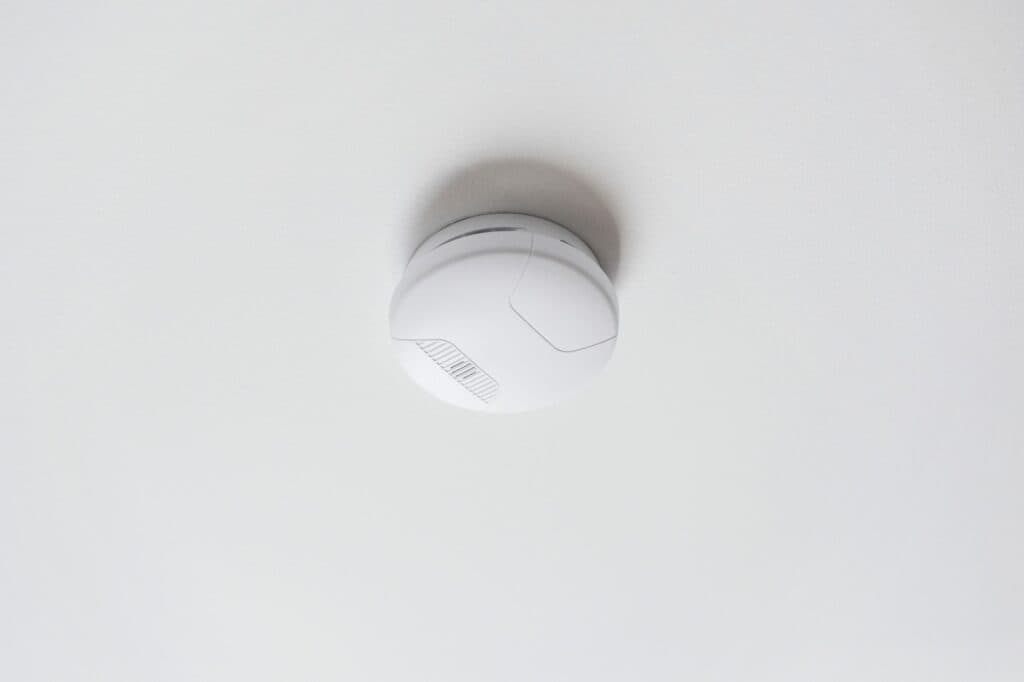You’re sound asleep at 3 a.m., and then you hear it: the chirping smoke alarm. The incessant beeping every 30 seconds reminding you to check the battery is enough to drive the average person to a frantic state. That’s why it is important to know how to stop a smoke alarm from chirping.
Knowing what to do when your smoke alarm starts beeping is important. You want it working properly right away so that you, your family, and your home can stay safe.
Smoke alarms save lives. Here are some tips on how to stop a smoke alarm from chirping while ensuring it’s functioning as it should.
Replacing the Old Battery
First, remove the battery cover on the alarm’s battery compartment. Take the old battery out and install a new one. (If you’re like many people, you have a special battery drawer. It’s a good idea to always have battery backups!)
This is the first thing you should do when it comes to stopping the chirping. Then use the TEST button to ensure the detector is up and running properly.
Cleaning A Smoke Alarm
Sometimes dust can cause the sensor to malfunction, and the alarm will start chirping. Vacuum (or use a compressed air container) around the alarm to remove dust and dirt, or gently wipe away any accumulated dust from the area.
This should be done every few months.
And this goes for smoke alarms, fire alarms, and carbon monoxide alarms, by the way.
Resetting the Alarm
So you put in a new battery. Is the alarm beeping or chirping still? If you put a new battery in and still find the smoke detector beeping, remove the unit from the ceiling and take the battery out.
Then hold down the test button for at least 15 seconds before putting a new battery in. This could help reset the alarm.
Replacing the Alarm
If you have tried these things and the alarm still doesn’t work, you may need to throw it out and completely replace it.
Smoke alarms generally last about 10 years. If the units in your home are older than that, it’s probably a good idea to replace each one. Doing this ensures that it will be functioning properly in the case of an emergency.
Checking the Circuit Breaker
Perhaps you have a hardwired smoke alarm that is connected to your electrical breaker. If this is the case, you’ll need to make your way to the electrical panel and look for a breaker labeled “Smoke Alarms” or “Central Smoke Alarm.”
Turn the breaker to the off position and wait a few minutes before turning it back on. If the alarm seems to be working normally after that, then a reset was the answer. If not, you may need to replace the smoke alarm and call an electrician to help get it wired properly.
No matter what your electrical needs are, our experienced team of professional electricians at Prairie Electric can help!
Call us today to get your electrical repair or installation appointment scheduled.




